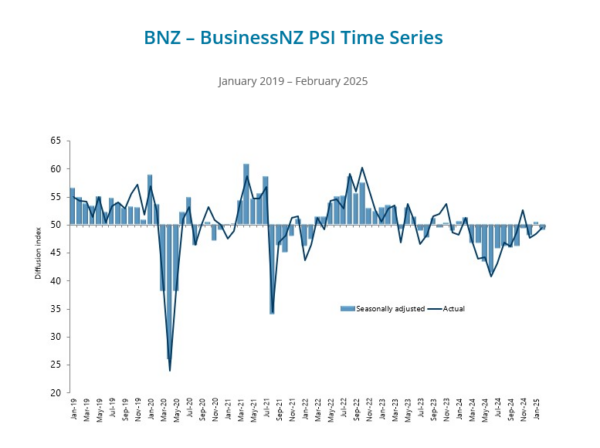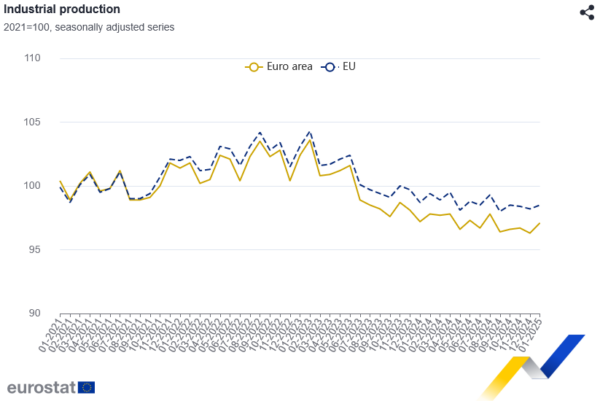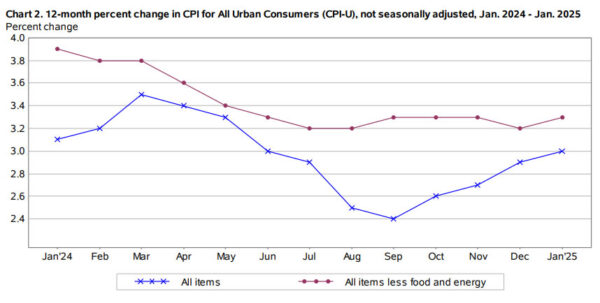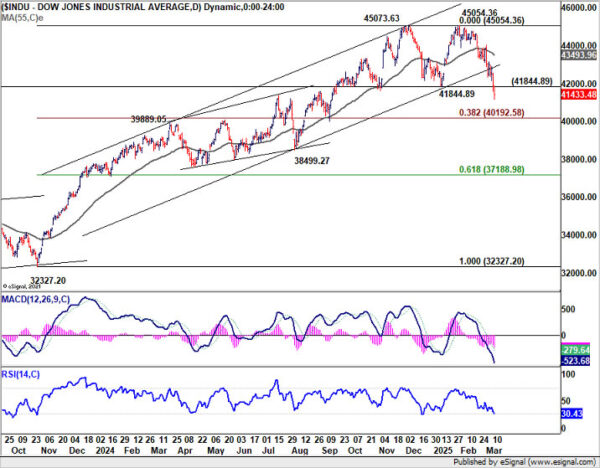China’s economy got off to a stronger-than-expected start in the first two months of the year. Industrial production grew 5.9% yoy, beating market expectations of 5.3% yoy. Retail sales also exceeded forecasts, rising 4.0% yoy compared to an expected 3.8% yoy, reflecting improving consumer demand.
Meanwhile, fixed asset investment increased by 4.1% yoy, surpassing projections of 3.2% yoy, but ongoing weaknesses in the real estate sector persisted, with property investment falling -9.8% yoy. Additionally, private investment remained flat, signaling that confidence among smaller businesses and private enterprises was subdued.
China’s National Bureau of Statistics noted that existing and new policies aimed at stimulating growth have begun to take effect, leading to steady expansion in the industrial and services sectors, improved investment, and stable employment conditions. Officials highlighted “new quality productive forces” as key drivers of momentum.
To further bolster domestic demand, China’s State Council unveiled a “special action plan” over the weekend, aiming to increase household incomes, introduce childcare subsidies, and reduce financial burdens to encourage consumption.
While the plan was widely circulated across local governments, it lacked concrete details on financial support for implementation, leaving uncertainties about its immediate impact.





















ECB’s de Guindos: Trump’s tariffs complicate ECB’s monetary policy decisions
ECB Vice President Luis de Guindos acknowledged that US President Donald Trump’s tariff policies have made the central bank’s monetary policy decisions more challenging, creating an environment of increased uncertainty.
Speaking to Spanish radio Onda Cero, de Guindos noted that the “clarity regarding future decisions” has diminished in a situation “much more opaque than just six months ago.”
He also pushed back ECB’s inflation target timeline, stating that inflation is now expected to reach the 2% goal in Q1 2026, later than the previous mid-2025 projection, due to the impact of higher energy prices.
Despite these concerns, de Guindos remained cautiously optimistic that “everything is moving in the right direction.” While tariffs could lead to some short-term inflationary effects, he suggested that slower economic activity resulting from trade disruptions could ultimately offset these pressures over time.